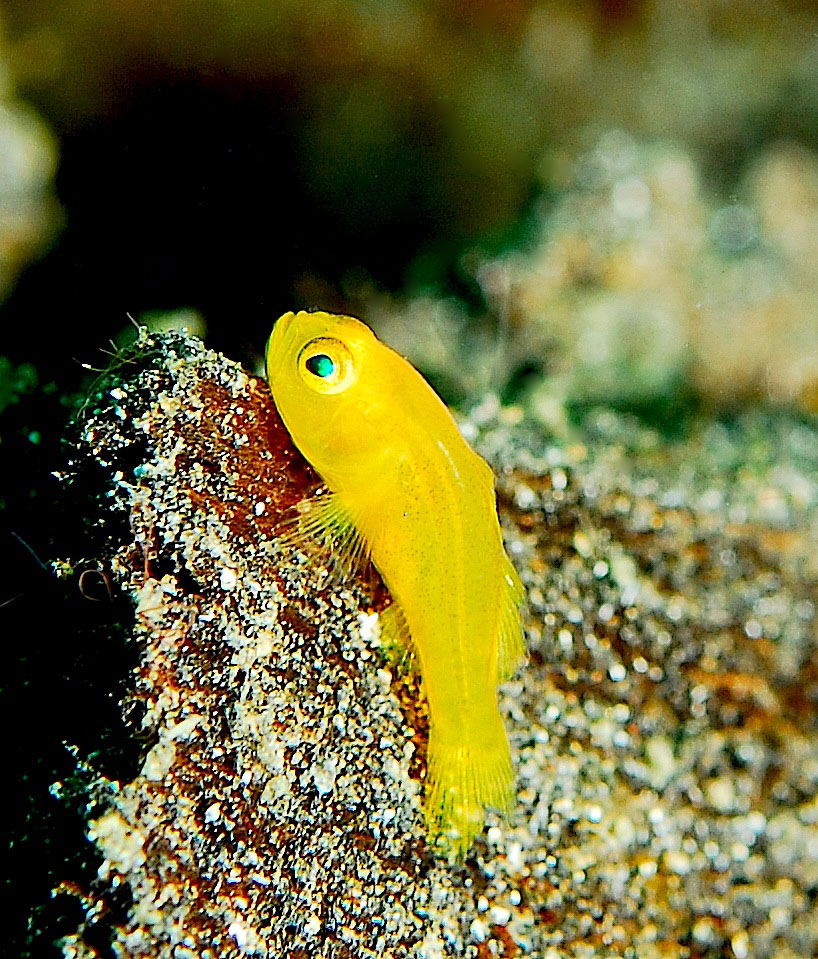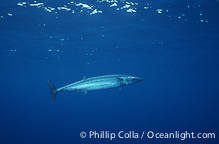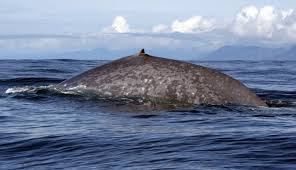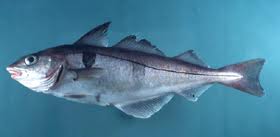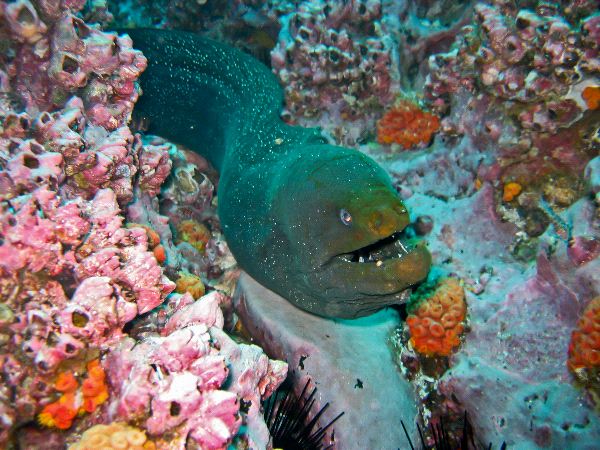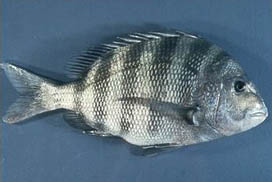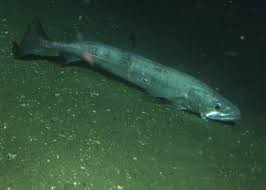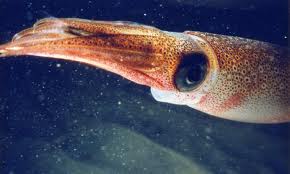When does recreational lobster season start and end?
Recreational lobster season runs from the Saturday preceding the first Wednesday in October through the first Wednesday after the 15th of March. Saturday, September 29, 2012 through Wednesday, March 20, 2013
Is there a limit to the number of spiny lobster report cards I can buy?
No. Unlike abalone and sturgeon report cards, there is currently no limit on the number of lobster report cards one can purchase.
What is the purpose of the spiny lobster report card?
The purpose of the reporting requirement is to monitor recreational spiny lobster catch, fishing effort and the gear used in the recreational fishery. Although the DFG has considerable information about the commercial lobster fishery from landing receipts and logbooks, the DFG has very little reliable information on the magnitude of the recreational lobster catch and fishing effort.
Where and when do I submit the card once it's filled out?
Completed cards should be dropped off or mailed to the address specified on the report card by January 31 of the following year. Report cards should be mailed to:
California Department of Fish and Game
Lobster Report Card
3883 Ruffin Rd.
San Diego, CA 92123
What is the minimum size limit for spiny lobster, and how do I measure a lobster?
The minimum size limit for recreational fishermen is three and one-fourth inches, measured in a straight line on the midline of the back from the rear edge of the eye socket to the rear edge of the body shell
 Friday, November 1, 2013 at 7:33AM
Friday, November 1, 2013 at 7:33AM  Asia,
Asia,  Cal Fish Exports,
Cal Fish Exports,  Fish Tweet
Fish Tweet

